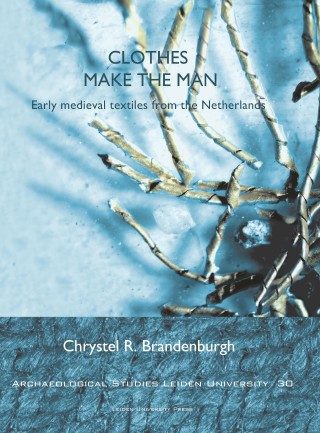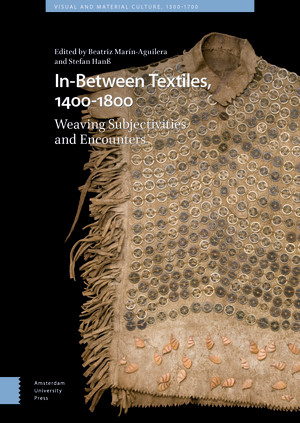‘Shortlisted for the Association of Dress Historians (ADH), Book of the Year Award 2024’
'Shortlisted for the RL Shep Memorial Book Award for 2023 books'
“At a time when the fabric of democracy is rent by xenophobic zealotry, this outstanding volume provides us with the warp and woof of historical exchange and cultural co-existence. These enthralling essays engage with material practices of weaving across genres and geographies, displaying the travelling world of textiles as they record the shifting global communities of a ‘woven imaginary.’ Reading In-Between Textiles, brought to life the migratory memory of my mother’s Parsi garas: a traditional sari, commissioned in Bombay from Chinese sailors who offered her a range of silks and motifs, and brought her the sari, months later, when they docked again in Bombay harbor. Set out on this wondrous voyage of the woven world.”
Homi K. Bhabha, Harvard University.
“Ranging across five centuries, six continents, and an impressive range of fields, from chemistry-based technologies to ethnographic fieldwork, this broad collection of textile studies recovers the place of subalterns in history, and the varying meanings that early modern textiles took on depending on the communities that used them. Employing the concept of ‘in-betweenness,’ this volume includes the agency of the excluded and allows historians to move away from glorifying metropolitan ‘culture’ without a clear consciousness that it is a culture of imperialism.”
Suraiya Faroqhi, Ibn Haldun University.
“What happens when a material methodology is used to investigate subjectivities? This remarkable collection of sixteen essays considers the ways in which textiles and clothing serve to unlock the space ‘in-between,’ one of negotiation, translation, and sometimes subversion of identities. In this book early modern cloth, but also dress, embroideries, and carpets are interrogated to create a new conceptualization of the global. Here material exchange, cultural connections, and the encounters of ideas are woven together in a rich tapestry traversing the entire world.”
Giorgio Riello, European University Institute Florence.
“This pioneering volume offers sixteen case studies that consistently cross-fertilize Homi Bhabha’s postcolonial theory with the new history of material practices to show how dress and textiles produced difference and mimicry in cultural struggles that remade subjectivities in the early modern world. A remarkable feat and excellent read. Beautifully illustrated, incisive, and original, this book presents cutting-edge scholarship.”
Ulinka Rublack, University of Cambridge.

